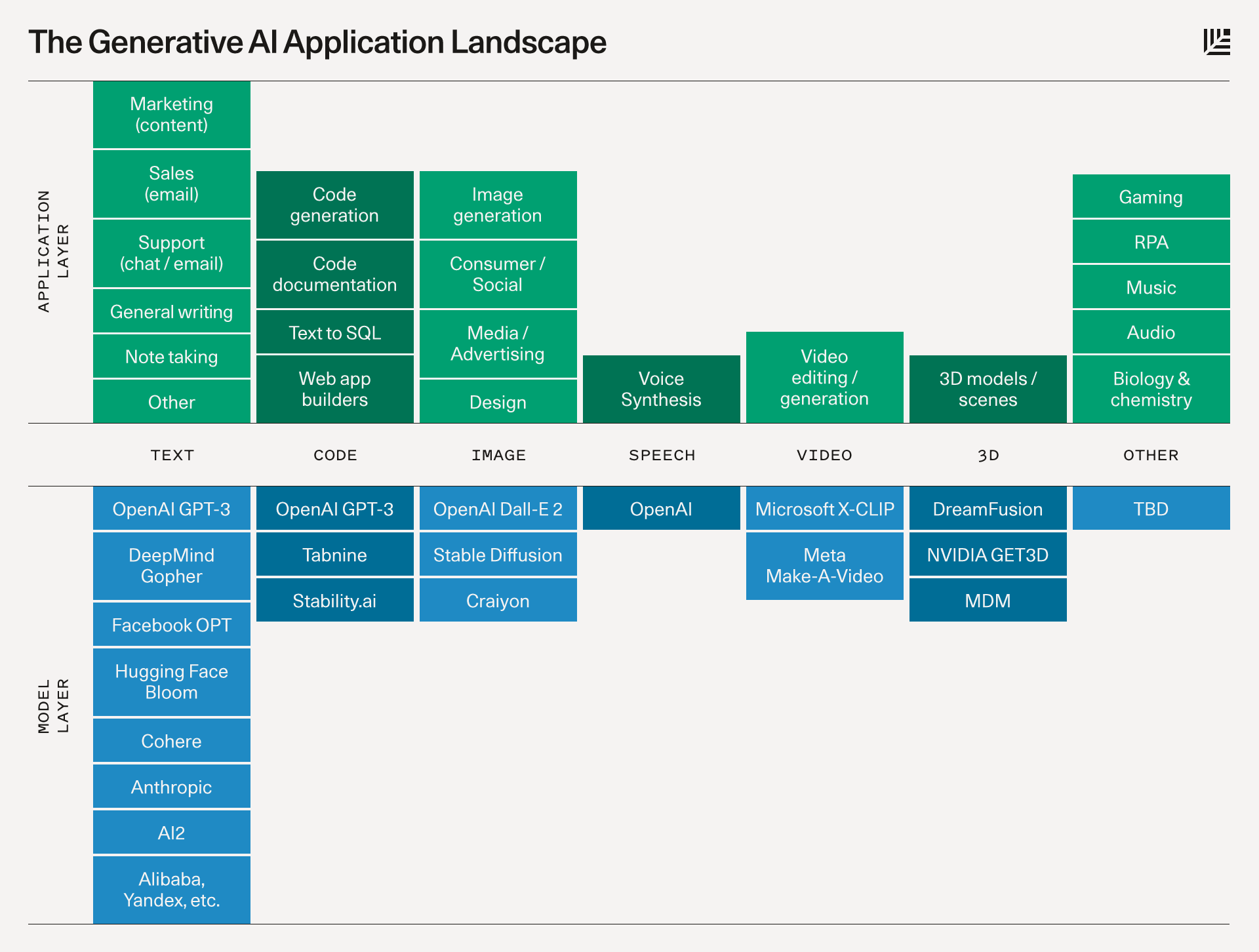 Faced with the high cost of egg-freezing in their home countries, some women are going abroad for a better deal, and a vacation. […] in the United States, the entire process — including the medications, the doctor visits and the average number of years of egg storage — costs about $18,000, and most women can’t count on health insurance to cover it. […] In the Czech Republic and Spain, for example, you can get one round of egg-freezing done for under $5,400. […] According to the market research firm Grand View Search, the global fertility tourism market, including people traveling to the United States, is expected to grow at the rate of 30 percent over the next seven years, becoming a $6.2 billion industry by 2030.
Faced with the high cost of egg-freezing in their home countries, some women are going abroad for a better deal, and a vacation. […] in the United States, the entire process — including the medications, the doctor visits and the average number of years of egg storage — costs about $18,000, and most women can’t count on health insurance to cover it. […] In the Czech Republic and Spain, for example, you can get one round of egg-freezing done for under $5,400. […] According to the market research firm Grand View Search, the global fertility tourism market, including people traveling to the United States, is expected to grow at the rate of 30 percent over the next seven years, becoming a $6.2 billion industry by 2030.
A leading pharmaceutical firm said it is confident that vaccins for cancer, cardiovascular and autoimmune diseases, and other conditions will be ready by 2030. […] Moderna will be able to offer such treatments for “all sorts of disease areas” in as little as five years. The firm, which created a leading coronavirus vaccine, is developing cancer vaccines that target different tumour types. […] First, doctors take a biopsy of a patient’s tumour and send it to a lab, where its genetic material is sequenced to identify mutations that aren’t present in healthy cells. A machine learning algorithm then identifies which of these mutations are responsible for driving the cancer’s growth. Over time, it also learns which parts of the abnormal proteins these mutations encode are most likely to trigger an immune response. Then, mRNAs for the most promising antigens are manufactured and packaged into a personalised vaccine.
Driving on less than 5 hours of sleep is just as dangerous as drunk-driving, study finds
What is a mental disorder? […] participants made judgments about vignettes describing people with 37 DSM-5 disorders and 24 non-DSM phenomena including neurological conditions, character flaws, bad habits, and culture-specific syndromes. […] Findings indicated that concepts of mental disorder were primarily based on judgments that a condition is associated with emotional distress and impairment, and that it is rare and aberrant. Disorder judgments were only weakly associated with the DSM-5: many DSM-5 conditions were not judged to be disorders and many non-DSM conditions were so judged. [Chart: “Mental Disorder” Rating]
How Randomness Improves Algorithms — Unpredictability can help computer scientists solve otherwise intractable problems
The Gambler Who Beat Roulette — For decades, casinos scoffed as mathematicians and physicists devised elaborate systems to take down the house. Then an unassuming Croatian’s winning strategy forever changed the game.
How to recognize and tame your cognitive distortions
The Finnish Secret to Happiness? Knowing When You Have Enough. — On March 20, the United Nations Sustainable Development Solutions Network released its annual World Happiness Report, which rates well-being in countries around the world. For the sixth year in a row, Finland was ranked at the very top.
A Scammer Who Tricks Instagram Into Banning Influencers Has Never Been Identified. We May Have Found Him.
As a genre, research-based art, Bishop argues — “its techniques of display, its accumulation and spatialization of information, its model of research, its construction of a viewing subject, and its relationship to knowledge and truth” — reflect how internet technology has altered our relationship to information. Whatever else such works are about, they are also about how to cope with being confronted with too much information, modeling different dispositions one can assume toward the relentless production of data and connectivity.
Dream streaming platform: Offer a subscription-based service that allows users to watch and share their dreams with others like movies or TV shows […] Taste bud modification service: Alter clients’ taste buds to allow them to enjoy any food or drink, regardless of their personal preferences […] Time dilation retreats: Create vacation experiences where clients canenjoy extended stays in time-dilated environments, allowing them to relax for weeks while only hours […] Quantum uncertainty lottery: Develop a lottery system that leverages quantum mechanics to create a multitude of potential outcomes, with winners determined by the collapse of the probability wave function [ChatGPT / Barsee]

























